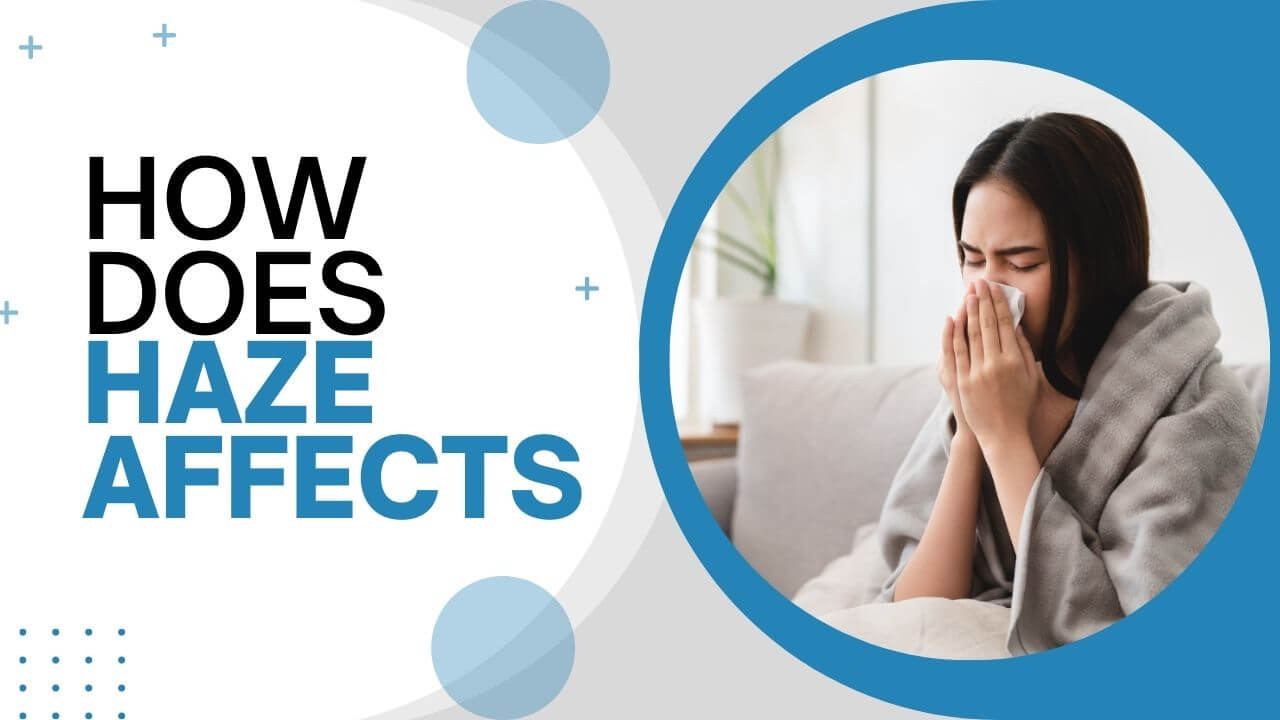Other Links
Keeping fit and healthy during the haze
Health & Fitness Tips | Wed, 31 May 2023
The haze seems to be back this mid-year in 2023. We are suggesting a few strategies of how to keep fit and healthy during this time.
Haze is a phenomenon that occurs when the air becomes filled with tiny particles like smoke, dust, and pollutants. These particles are so small that they can easily suspend in the air, creating a hazy and fog-like appearance. Haze can be caused by various factors, including pollution from vehicles and factories, wildfires, agricultural burning, and even natural occurrences like volcanic eruptions.

Now, let’s get to the nitty-gritty. How does haze affect people living in busy cities? Well, first and foremost, it has a significant impact on our respiratory system. The tiny particles present in the haze can be inhaled deep into our lungs, causing irritation and inflammation. This can lead to respiratory issues like coughing, wheezing, shortness of breath, and even exacerbate existing respiratory conditions like asthma or chronic bronchitis. So, it’s no surprise that haze can make it harder for us to breathe freely and comfortably.
Moreover, haze doesn’t just affect our lungs; it also poses risks to our eyes and skin. The particles in the haze can cause eye irritation, redness, itching, and even more severe conditions like conjunctivitis. Additionally, prolonged exposure to haze can dry out our skin and make it more prone to irritation and allergies.
During a haze, it’s important to prioritize your health and take precautions to minimize the impact of the poor air quality on your well-being. Here are five effective ways to stay healthy and fit during a haze:
Stay indoors

Minimize your exposure to the haze by staying indoors as much as possible. Keep windows and doors closed to prevent the entry of polluted air. Use air purifiers or create DIY air filtration systems to improve indoor air quality.
Exercise indoors

Instead of outdoor activities, focus on indoor exercises to maintain your fitness. Here are a few options:
Aerobic exercises: Engage in activities like indoor cycling, brisk walking or jogging on a treadmill, dancing, or following along with exercise videos.
Strength training: Perform bodyweight exercises like push-ups, squats, lunges, planks, and yoga to build and maintain muscle strength.
Yoga and stretching: Practice yoga or stretching routines to improve flexibility, reduce stress, and promote relaxation.
Maintain hydration

Drinking an adequate amount of water is crucial for overall health, especially during a haze when your body may experience more respiratory stress. Stay hydrated by consuming plenty of water throughout the day. You can also include herbal teas, soups, and fresh fruits with high water content.
Eat a balanced diet

A healthy diet plays a vital role in supporting your immune system during a haze. Focus on consuming nutrient-rich foods, including fruits, vegetables, whole grains, lean proteins, and healthy fats. These foods provide essential vitamins, minerals, and antioxidants to help protect your body against the effects of haze-related pollutants.
Take breaks and relax

Haze can cause stress and anxiety, so it’s important to prioritize self-care and relaxation techniques to maintain mental well-being. Consider activities such as meditation, deep breathing exercises, reading, listening to calming music, or engaging in hobbies to reduce stress and promote a sense of calm.
Remember, it’s essential to monitor local air quality updates and follow the guidelines provided by health authorities during haze periods. If you have any existing health conditions, consult with a healthcare professional for specific advice tailored to your needs.
